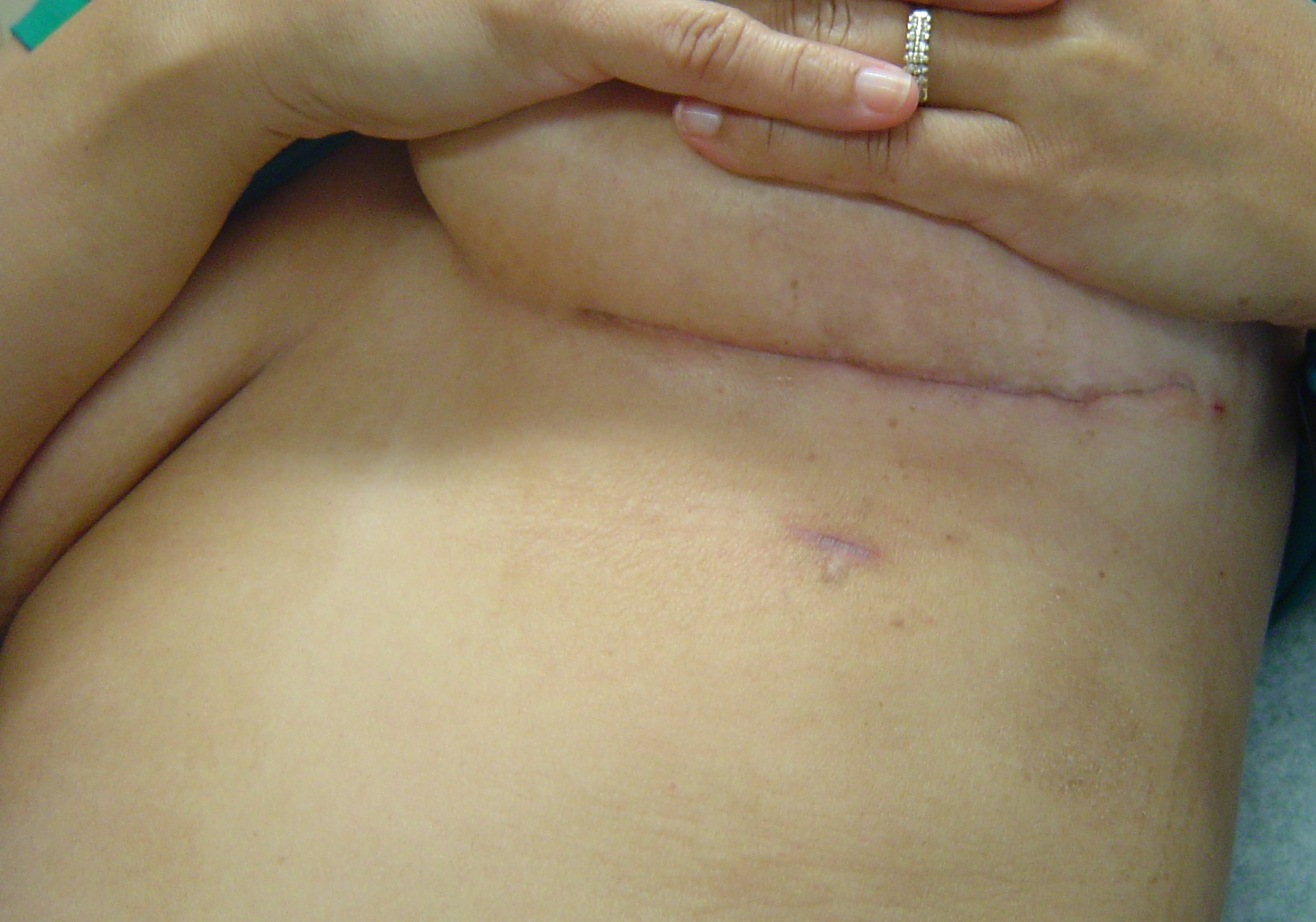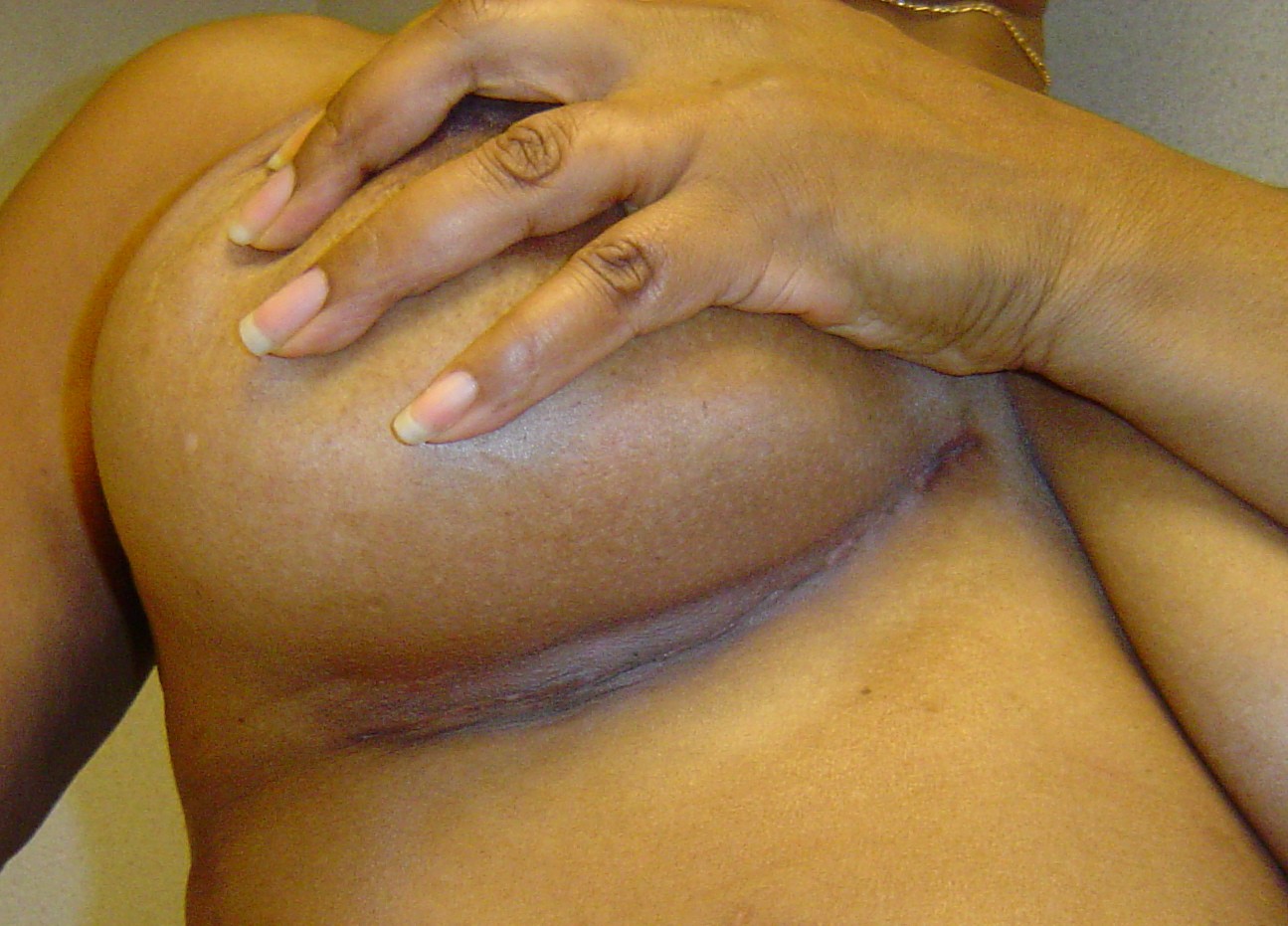|
|
by Giovanni B. Ciuffo, MD
|
More and more women are becoming aware of the impact of heart disease in their lives. When heart surgery is proposed for their valve or coronary artery disease, fears related to the operation and its consequences are deeply felt. There are two main concerns expressed by women: the ability to recover quickly and uneventfully, and having a long unsightly surgical scar. There is great news on both counts. Minimally invasive techniques have radically changed patients' experiences at certain specialty hospitals with "scarless" heart surgery now available to women of all ages. And, with minimal invasion, there is less trauma and a faster recovery.
MINIMALLY INVASIVE CARDIAC SURGERY - WHY IT'S A BETTER CHOICE
Minimally invasive cardiac surgery with related advancements in technology is one of the most exciting evolutions in cardiology, moving towards an improved, low-impact and soft-touch way to treat our heart patients. Most cardiac patients can now enjoy a quicker and more comfortable recovery, regardless of their age or overall physical condition. Most patients are able to return to their homes and families in just two to three days after the operation. Surgical scars are tiny, and in women, can be almost completely disguised - hidden out of sight - within the skin fold underneath the breast.
A GREAT LEAP FORWARD IN CARDIAC SURGERY
Cardiac surgery has been around since the early 60's and has always been associated with a common assumption in the training routine of all cardiac surgeons that there must be the cutting of the breast bone (median sternotomy). This assumption has been challenged in recent years and done away with at Mount Sinai Hospital, prompted by health professionals with a strong clinical interest in devising new techniques and technologies to allow our patients a more rapid and uneventful return to a healthy and productive lifestyle.
MEETING THE CHALLENGE
The overwhelming majority of traditional open heart operations have required an eight to twelve inch incision that cuts through the breastbone in the center of the chest. This procedure is known as a "sternotomy". The challenge was to be able to perform the same surgical procedure but through a tiny incision, while achieving the same or better results. In changing the traditional approach, we did not want to compromise quality or risk patient safety during the operation. A new procedure has been developed and it is call the mini-thoracotomy.
INTRODUCING THE MINI-THORACOTOMY
A mini-thoracotomy is a technique that involves making a two-inch incision between two ribs in the location of the heart that needs to be exposed in order to perform our procedure. Heart surgeons at Mount Sinai have used this approach to treat the full range of aortic and mitral valve disease, coronary disease, atrial septal defects, ventricular septal defects, septal hypertrophy, atrial myxomas and intracardiac tumors. We basically create a tiny window through which we can perform the operation with special minimally invasive instruments. There is no bone cutting involved and for this reason, there is minimal bleeding, minimal pain and a much quicker recovery. The avoidance of breast bone cutting in women affected by osteoporosis is a great improvement as it allows these incisions to heal much quicker and without complication. Wound infections are nearly nonexistent and the cosmetic results are excellent.
 (picture 1)
(picture 1)
Picture 1 (above) shows the scar in a female patient in her 40's who underwent a minimally invasive coronary bypass operation two weeks earlier. There are no visible scars unless one looks deep into the skin crease underneath her left breast. A few months from now, her scar will turn into a thin white line that is barely visible. This incision is very similar to the one used by plastic surgeons to perform cosmetic breast surgery. This particular patient's hospital stay after having heart bypass surgery was less than 48 hours. Needless-to-say, she was ecstatic with the cosmetic results and the fact the she did not have a twelve inch scar down the middle of her chest. She could still look forward to wearing evening gowns and blouses without having to worry about a visible scar in her décolleté (dress with a low-cut neckline).
 (picture 2)
(picture 2)
Picture 2 (above) shows the postoperative results in a lady who presented with severe leakage of her mitral valve. Mitral valve disease is very common among women and it can develop into a severe mitral valve leakage requiring a surgical correction. Statistics show that in the age range of 25 to 40, one woman in six is affected by mitral valve prolapse, a condition characterized by a somewhat loose, floppy valve. This patient's story is all-too-common. This is a 50-year-old woman who developed an intense shortness of breath and was found to have severe mitral valve leakage. She was afraid of the surgery and did not want a scar in the middle of her chest. She kept postponing the surgery at great risk to her health until she found out about the techniques I myself developed at Mount Sinai. After an in-depth description of the actual operation, its advantages and superior cosmetic results she felt a lot more comfortable and underwent a minimally invasive mitral valve repair. She was able to return home two days later. This picture was taken six days after surgery. Again, the surgical incision is located in the skin fold just beneath the right breast. The same excellent cosmetic results, along with a meticulous operation and a quick recovery were achieved.
The surgeries discussed herein are available routinely to patients at Mount Sinai Hospital in New York. If you are told you need an open heart operation, consider scarless or minimally invasive as an option. Never be afraid to ask questions or seek a second, third or even fourth opinion. It's your body, your heart, and your life.
This page was contributed by Giovanni B. Ciuffo, MD. WHF gratefully acknowledges Dr. Ciuffo's for raising awareness of treatments and surgical options now available to women in need of a heart operation.
Dr. Ciuffo is a "superspecialist" in minimally invasive and bloodless heart surgery. He teaches and practices cardiothoracic surgery at Mount Sinai Hospital in Manhattan, NY. His revolutionary techniques and patient stories are illustrated in the website www.bigappleheartsurgery.com.
|

























